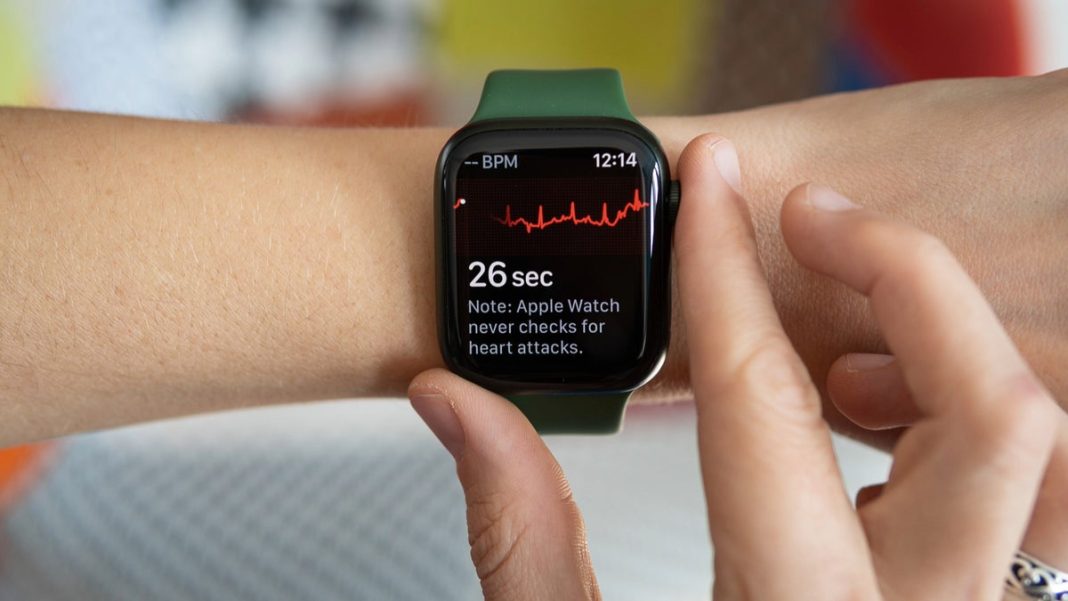What you should know
“`html
- The Apple Watch received FDA approval for its atrial fibrillation feature in 2022, offering a non-invasive method to estimate AFib burden in clinical studies.
- Utilizing the PPG sensor, the Apple Watch can detect irregular heart rhythms and provide users with a retrospective estimate of their AFib burden by analyzing pulse rate data.
- The AFib History feature works by using green LEDs and photodiodes in the watch’s PPG sensor to monitor blood flow changes, enabling it to calculate the time spent in AFib.
- To use the AFib History feature, users diagnosed with AFib need to follow a series of steps in the Health app on their iPhone to set it up and start receiving estimates of their AFib burden.
“`
Full Story
Oh, the wonders of modern tech, right? Since 2022, folks wearing an Apple Watch have been walking around with a mini cardiologist on their wrists. Yeah, you heard that right. The FDA, in a move that seemed almost timed to perfection, gave the thumbs up to this atrial fibrillation feature just hours before Apple dropped the news. Talk about cutting it close!
Now, this isn’t just any feature. It’s been a literal lifesaver. Imagine finding out you’ve got heart issues you didn’t even know about. Thanks to this tech, that’s been the reality for some.
Diving a bit deeper, this whole thing is a big deal because it’s the first of its kind to get the nod under the MDDT program. What’s it do? Well, it offers a sneak peek at your heart’s AFib burden without having to poke and prod you. Pretty neat, huh?
Here’s the science bit – the Apple Watch uses something called a photoplethysmography (PPG) sensor. Sounds fancy, but it’s all about tracking how much blood is flowing through your wrist. Every heartbeat sends a wave of blood your way, and this sensor’s on the lookout for any irregular rhythms.
Image Credit–Apple
Curious about how it works? It’s all about green LEDs and some smart photodiodes keeping an eye on your blood flow. Each heartbeat is like a little party for your blood vessels, and this sensor’s basically the bouncer, counting each guest as they arrive. By checking out the beat-to-beat action, it figures out if you’ve been hanging out in AFib land without even knowing it.
Got an Apple Watch and wondering if you can use this feature? Here’s the lowdown: Whip out your iPhone and dive into the Health app. Hit Browse, then Heart, and look for AFib History. A few taps here and there, enter your birth date, and bam, you’re in. Just confirm you’ve got AFib when it asks, and keep on tapping through for all the deets on this feature.
And just like that, you’re all set. Hit Done, and you’ve got your own heart monitor, right there on your wrist. Who would’ve thought?

